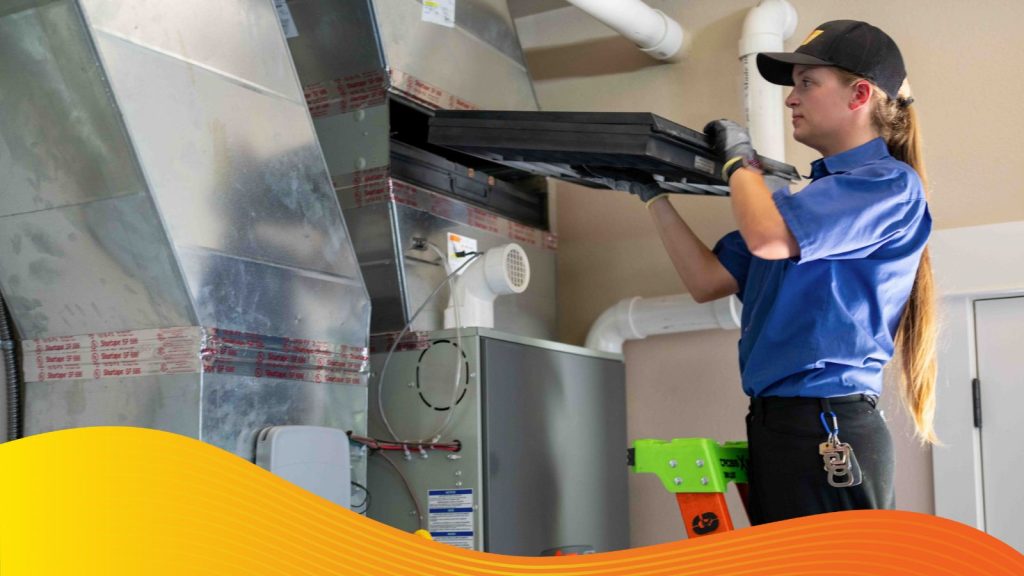As crisp fall evenings give… well, fall into place, your heating system shifts from standby to star player. A reliable furnace or heat pump keeps the chill at bay, but subtle issues can snowball into costly breakdowns once temperatures drop. Catching these six warning signs now lets you schedule repairs on your terms—before the first freeze.

Uneven Heating Across Rooms
Walking from a toasty living room to a chilly bedroom signals trouble. Blocked vents, leaky ductwork, or a struggling blower motor often create hot and cold zones. Feel the air from each register; weak flow or cool output means the system works harder than necessary. Sealing ducts and balancing airflow restores even comfort at 68–72°F throughout the house.
Strange Noises Echoing Through Vents
Rattles, squeals, or booms aren’t part of the holiday soundtrack. A high-pitched whine points to belt or bearing wear, while banging suggests delayed ignition in gas furnaces. Grinding noises indicate motor strain. These sounds grow louder—and pricier—under full winter load. A technician can lubricate, tighten, or replace parts before a minor rattle becomes a major failure.
Skyrocketing Energy Bills Without Extra Use
If your statement jumps 20–30% month-over-month with similar thermostat settings, efficiency is slipping. Dirty filters, clogged coils, or refrigerant leaks force the system to run longer. Change filters monthly and note usage patterns; persistent spikes warrant a full tune-up to reset performance and protect your wallet.
Frequent Cycling On and Off
Short cycling—when the heater turns on and off every few minutes—wears components prematurely and fails to warm the space properly. Common causes include an oversized unit, faulty thermostat, or restricted airflow. The system may reach only 60°F before shutting down, leaving rooms uncomfortable. Calibrating controls or resizing the blower prevents unnecessary strain.
Yellow Flame or Soot Around the Burner
A healthy gas furnace burns with a steady blue flame. A yellow or flickering flame indicates incomplete combustion, producing carbon monoxide and soot. Check the burner compartment; black streaks on the heat exchanger spell trouble. Venting issues or cracked exchangers require immediate professional attention—safety always comes first.
Lingering Dust or Dry Air Despite Cleaning
Excessive dust settling minutes after vacuuming, or air that feels bone-dry, traces back to the HVAC system. Cracked heat exchangers leak combustion particles, while aging blower wheels stir debris. Humidity below 30% also signals poor filtration or sealed combustion problems. Upgrading filters to MERV 13 and sealing leaks improves air quality and comfort.
Act Now for a Worry-Free Season
Run a quick home test: set the thermostat to 70°F on a cool morning. Listen, feel, and watch for these red flags over 30 minutes. Jot down serial numbers and any error codes on digital displays—they speed diagnosis.
Preventive maintenance now averages far less than emergency service in January. A certified technician inspects heat exchangers, tests safety controls, and measures airflow, ensuring peak efficiency when you need it most.
Comfort Flow Heating is ready to restore reliable warmth to your home. Contact us today for a thorough pre-winter inspection—because a cozy season starts with confidence in your heater.
